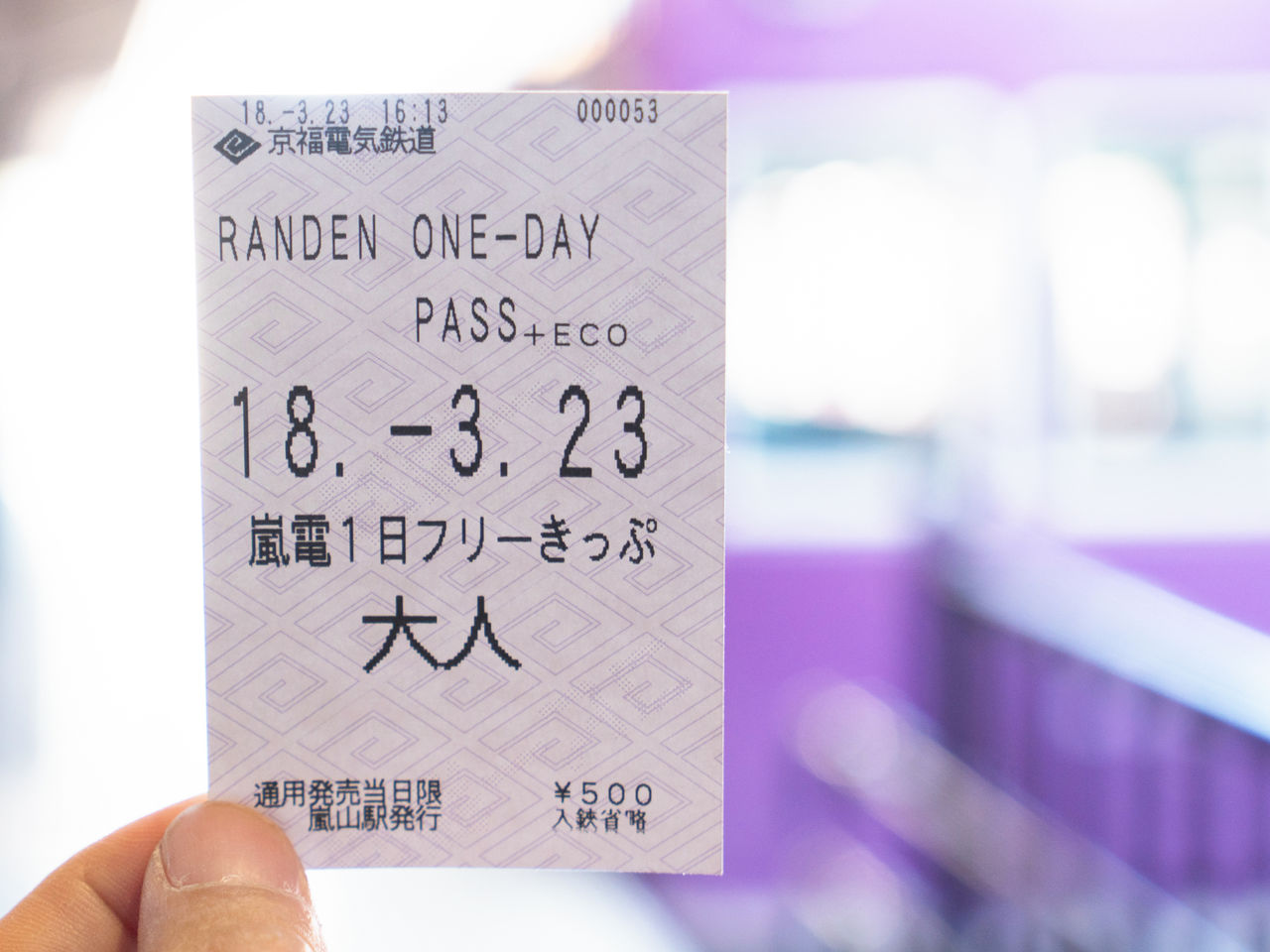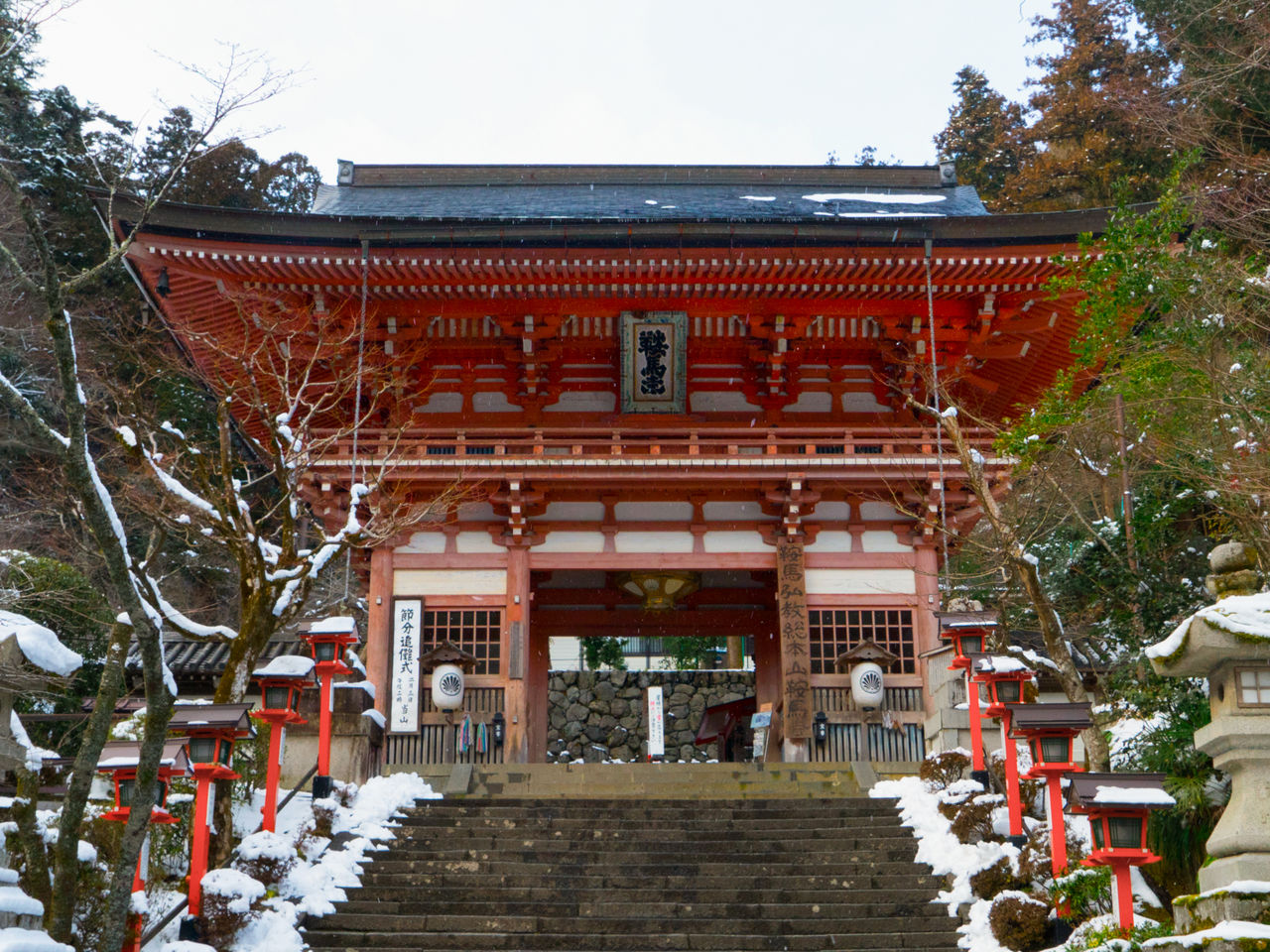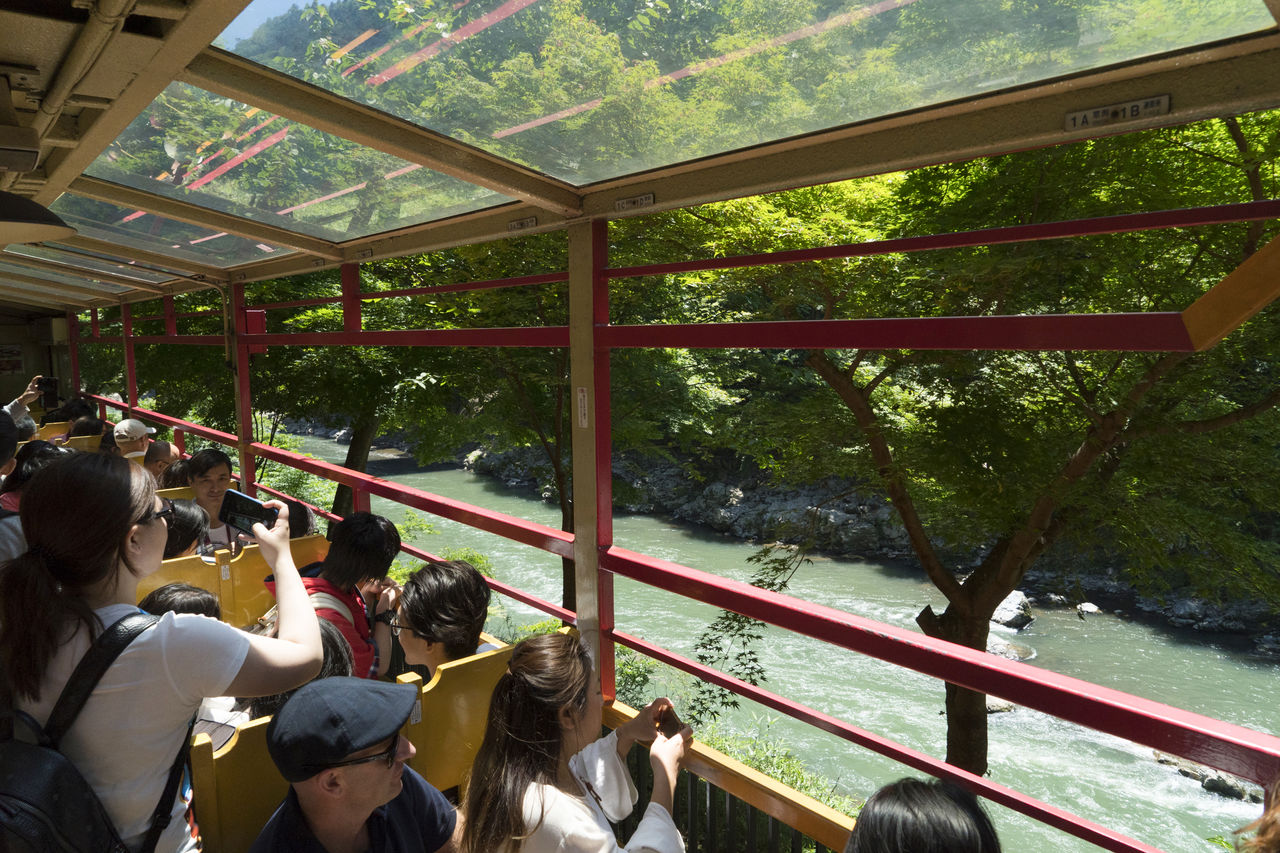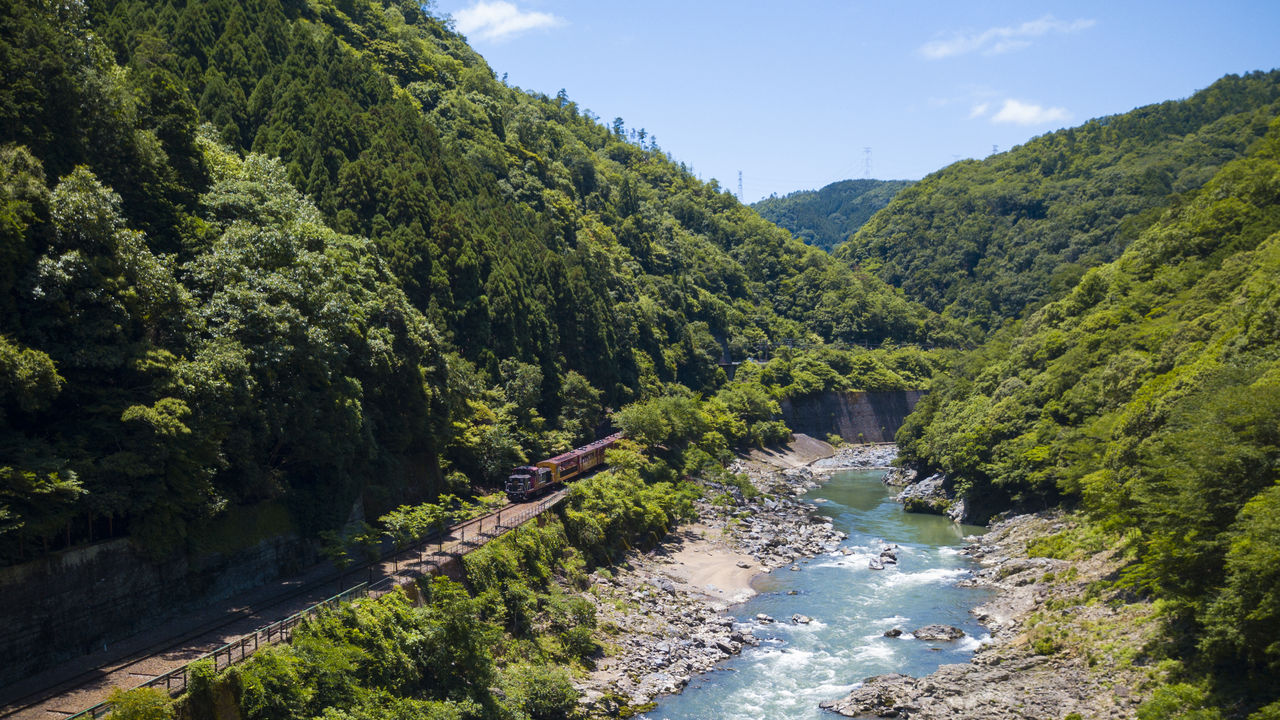
Getting Around Kyoto: The Randen, Eizan, and Sagano Scenic Railways
Guideto Japan
Culture- English
- 日本語
- 简体字
- 繁體字
- Français
- Español
- العربية
- Русский
Your Ticket to Arashiyama
The Arashiyama area west of central Kyoto is famous for its historic temples and shrines, but no less for its quintessential Kyoto scenery, such as the elegant Togetsu Bridge and its awe-inspiring bamboo forest. It is equally well known for its cherry blossoms in spring and autumn leaves in fall. A great way to enjoy all the sights is to take the Randen trains run by the Keifuku Electric Railroad.
Randen has two lines; its Arashiyama Line runs between Arashiyama and Shijō-Ōmiya Stations, while the Kitano Line branches off the Arashiyama Line at Katabiranotsuji and runs through to Kitano-Hakubaichō.
If you are heading to Arashiyama from Kyoto Station, you can get to Saga-Arashiyama on the JR Sagano Line (San’in Main Line) in 15 minutes. This puts you near Togetsu Bridge, the bamboo forest, the World Heritage–listed temple Tenryūji, and other sights. The most efficient route is often to cover this area first before moving on via a Randen train from Arashiyama Station.
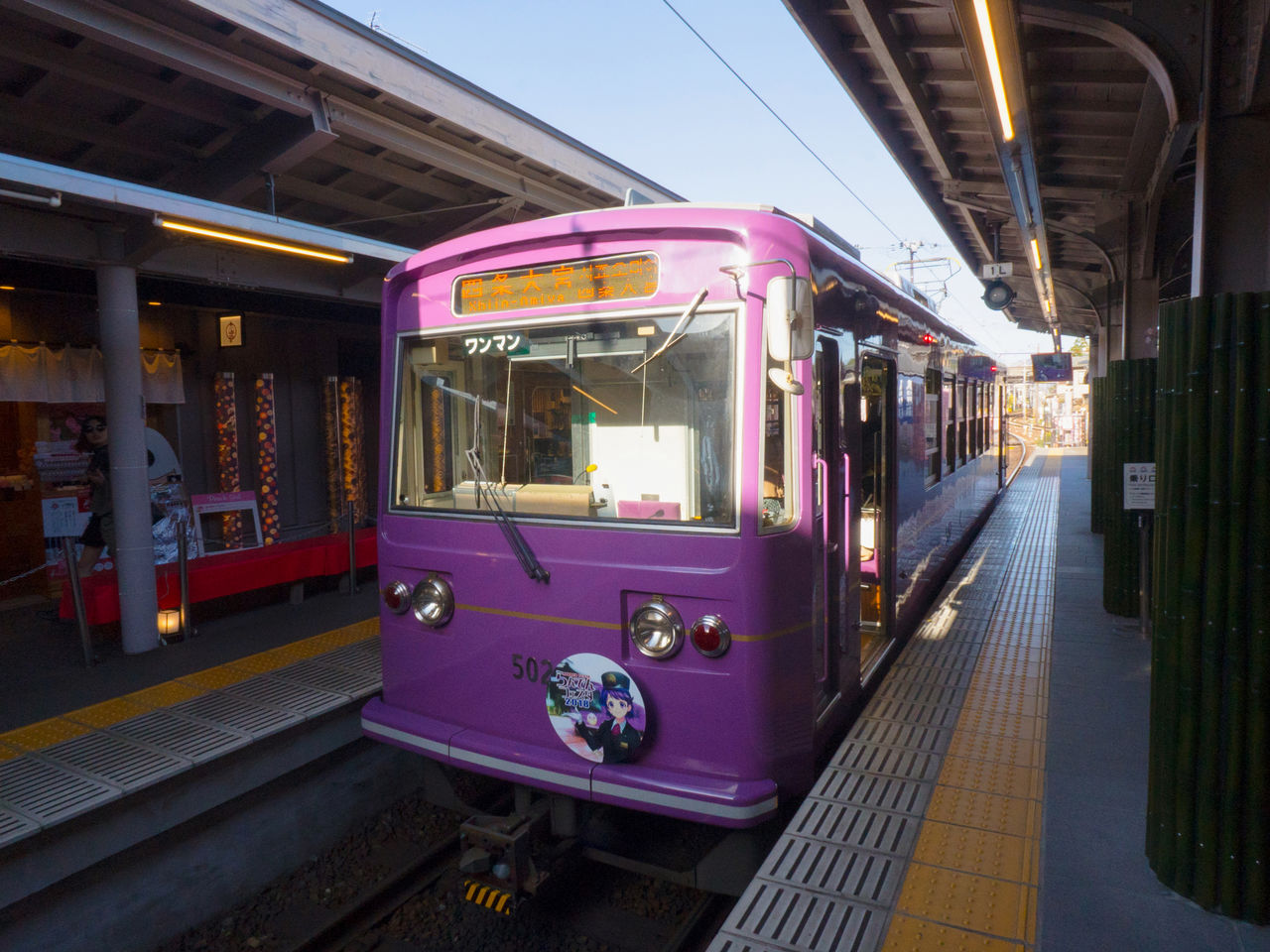 Randen trains are good for touring around the Arashiyama area.
Randen trains are good for touring around the Arashiyama area.
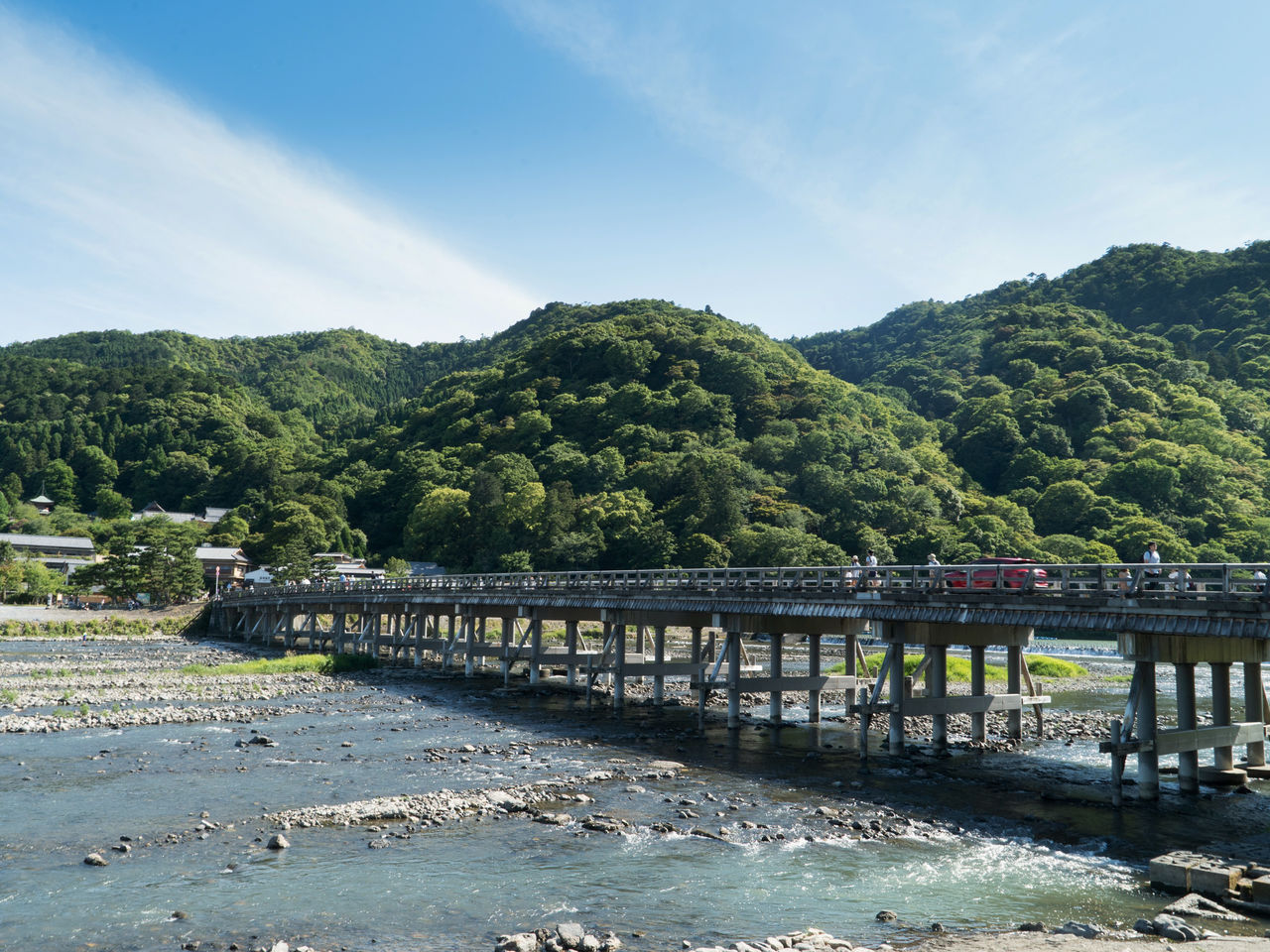 Discover the classic Arashiyama sights including Togetsu Bridge, shown here, and the serene bamboo groves.
Discover the classic Arashiyama sights including Togetsu Bridge, shown here, and the serene bamboo groves.
The Arashiyama Line passes by numerous sights of interest to travelers, including Kurumazaki Shrine; Kyoto’s oldest temple, Kōryūji; and the Tōei Kyoto Studio Park, a common destination for movie fans. The Kitano Line is no slouch either, with the two World Heritage temples, Ninnaji and Ryōanji, as well as the expansive Myōshinji along its route. From Kitano-Hakubaichō, the last stop on the Kitano Line, it’s an easy walk to Kitano Tenmangū Shrine, and just 20 minutes on foot to Kinkakuji, the Temple of the Golden Pavilion.
If you’re planning to sightsee along the Randen lines, consider buying a Randen One-Day Pass for ¥500 for adults. A single fare is a flat ¥220, so if you plan to take three or more trips, it will save you some money.
DATA
Randen One-Day Pass
- Fee: ¥500 for adults, ¥250 for children
- Sold at: Shijō-Ōmiya, Katabiranotsuji, Arashiyama, and Kitano-Hakubaichō Stations; Randenya, the Keifuku Electric Railroad shop next to Kinkakujimichi bus stop selected hotels
- Multilingual information:
- Website: http://randen.keifuku.co.jp/ticket/ (English and traditional Chinese)
- One-day Pass information in English: http://randen.keifuku.co.jp/common/image/train/pdf/randenmap_en.pdf
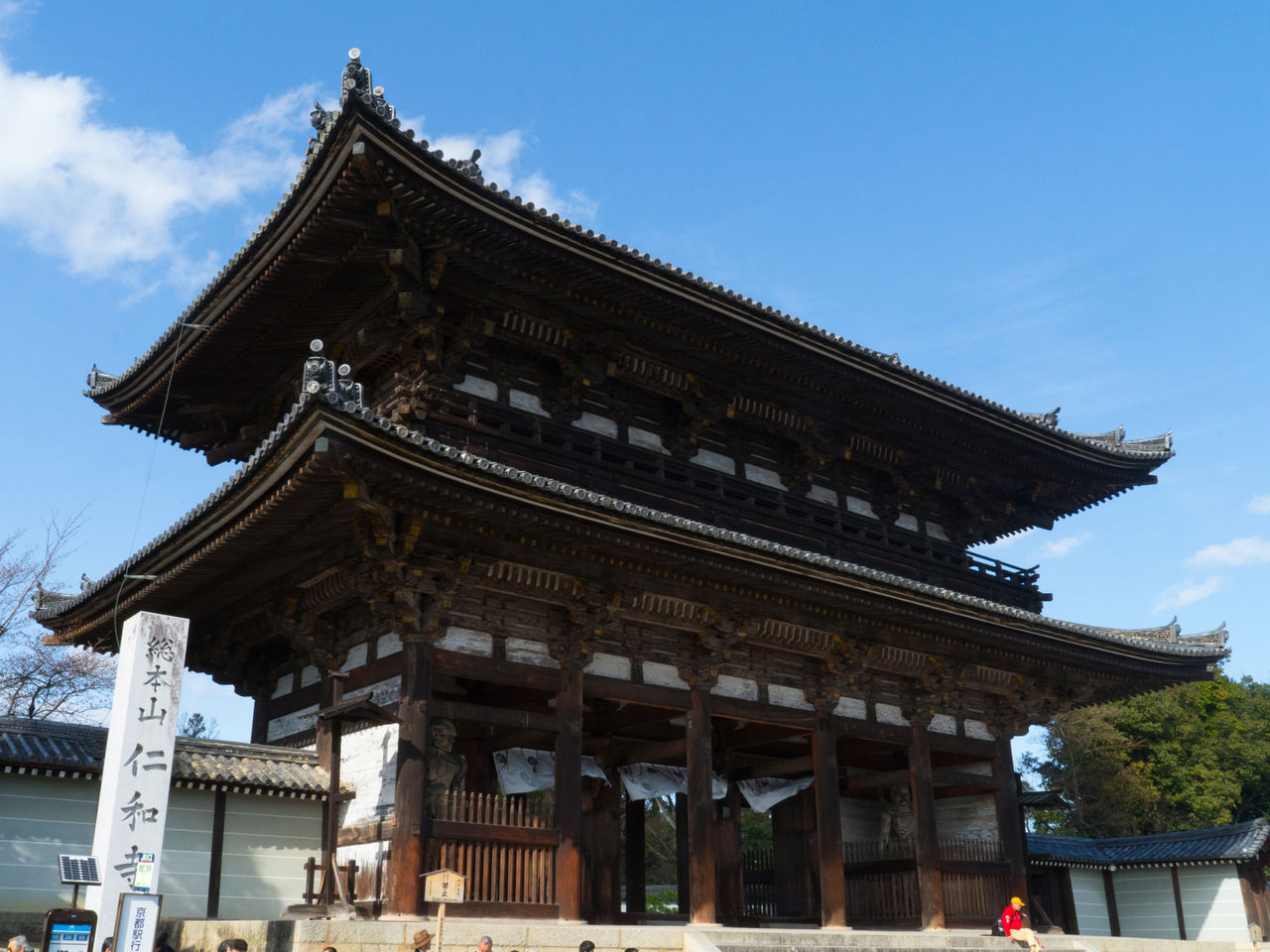 The World Heritage–listed temple of Ninnaji.
The World Heritage–listed temple of Ninnaji.
Take the Eizan Railway to Tour the North
The mountainous area north of Kyoto, known as Rakuhoku, is home to numerous tourist draws. They include Kuramadera, a temple lately known as a “power spot” with mystical qualities for believing visitors, Kifune Shrine for those interested in making a romantic match, and the extensive World Heritage site of Enryakuji on Mount Hiei. Those wanting to tour the Rakuhoku area can take the Keihan Main Line from Kyoto Station to Demachiyanagi and transfer to the Eizan Railway, or “Eiden,” from there. The Eiden branches off into two lines at Takaragaike Station. The Kurama Line runs towards Kibune and Kurama, while the Eizan Line heads for Yase and Hieizan.
The Eiden also has an economical one-day pass, called the “Ee Kippu” or Eizan Railway 1-day ticket, that costs ¥1,000 for adults. Not only can you ride the trains as many times as you like, but showing it can also give you reduced admission fees at temples and shrines, along with discounts at food, beverage, and souvenir outlets.
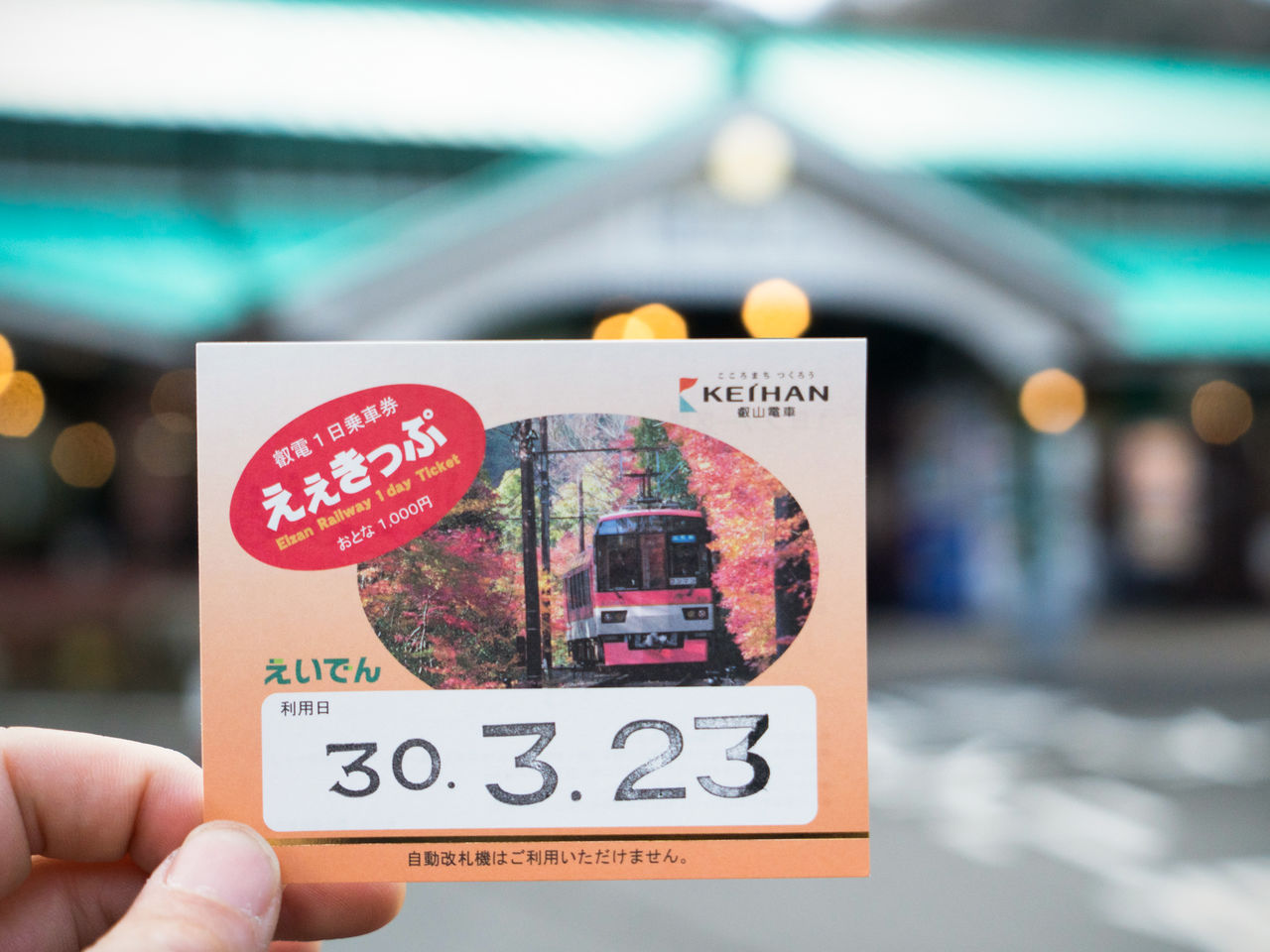 The Eiden Ee Kippu one-day pass.
The Eiden Ee Kippu one-day pass.
Eiden’s Kirara panorama train on the Kurama Line has maximized the carriage window area and rotated the seats to face the windows, creating an optimum sightseeing experience. Passengers especially love the stunning display of the turning leaves in fall.
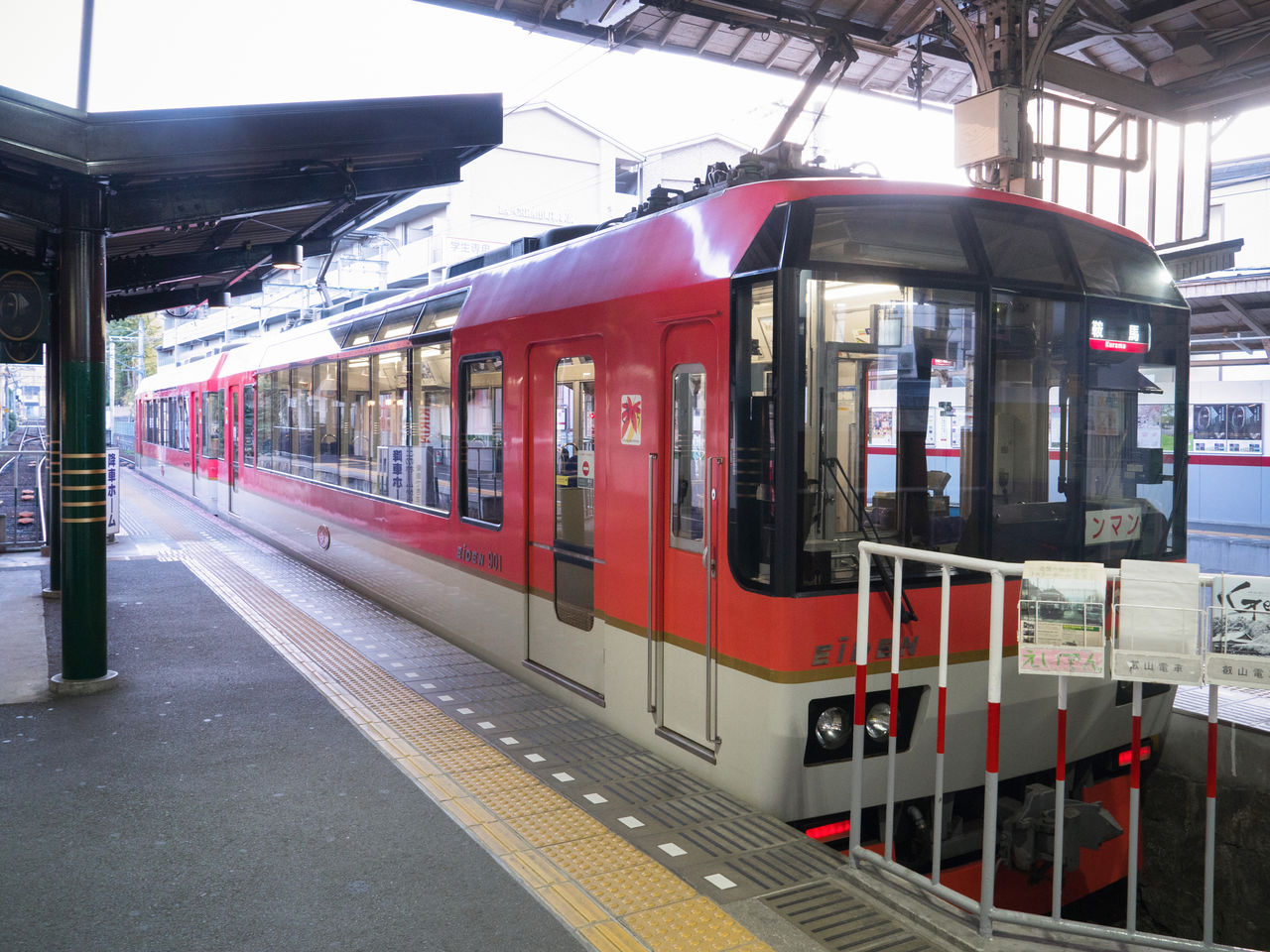 The Kirara panorama train heading for Kibune and Kurama.
The Kirara panorama train heading for Kibune and Kurama.
A new sightseeing train, the Hiei, debuted on the Eizan Line in March 2018. Incorporating a unique design based on an oval motif, it has destination signage in English, Korean, and simplified Chinese, as well as Japanese.
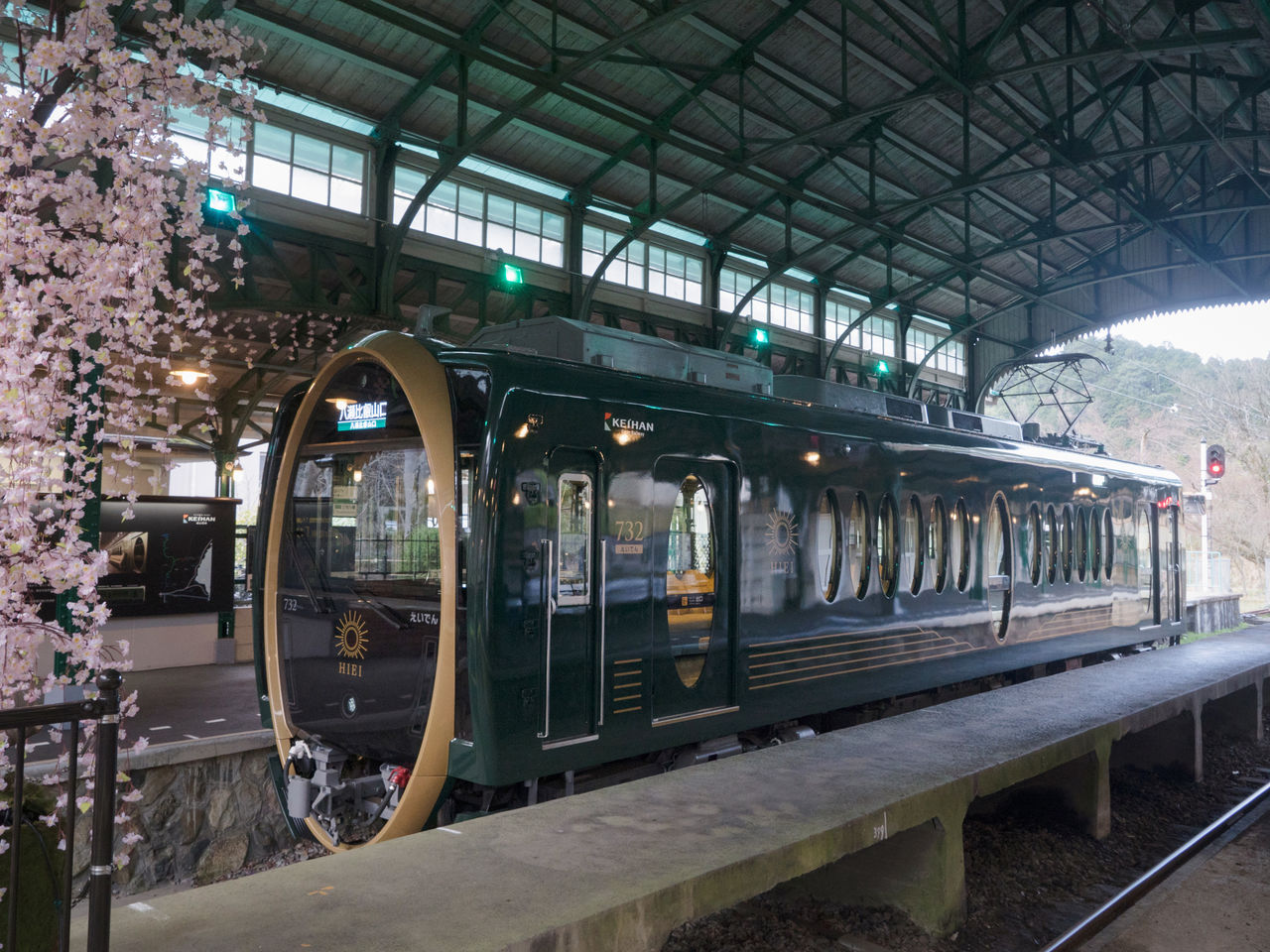 Eiden’s new sightseeing train, the Hiei.
Eiden’s new sightseeing train, the Hiei.
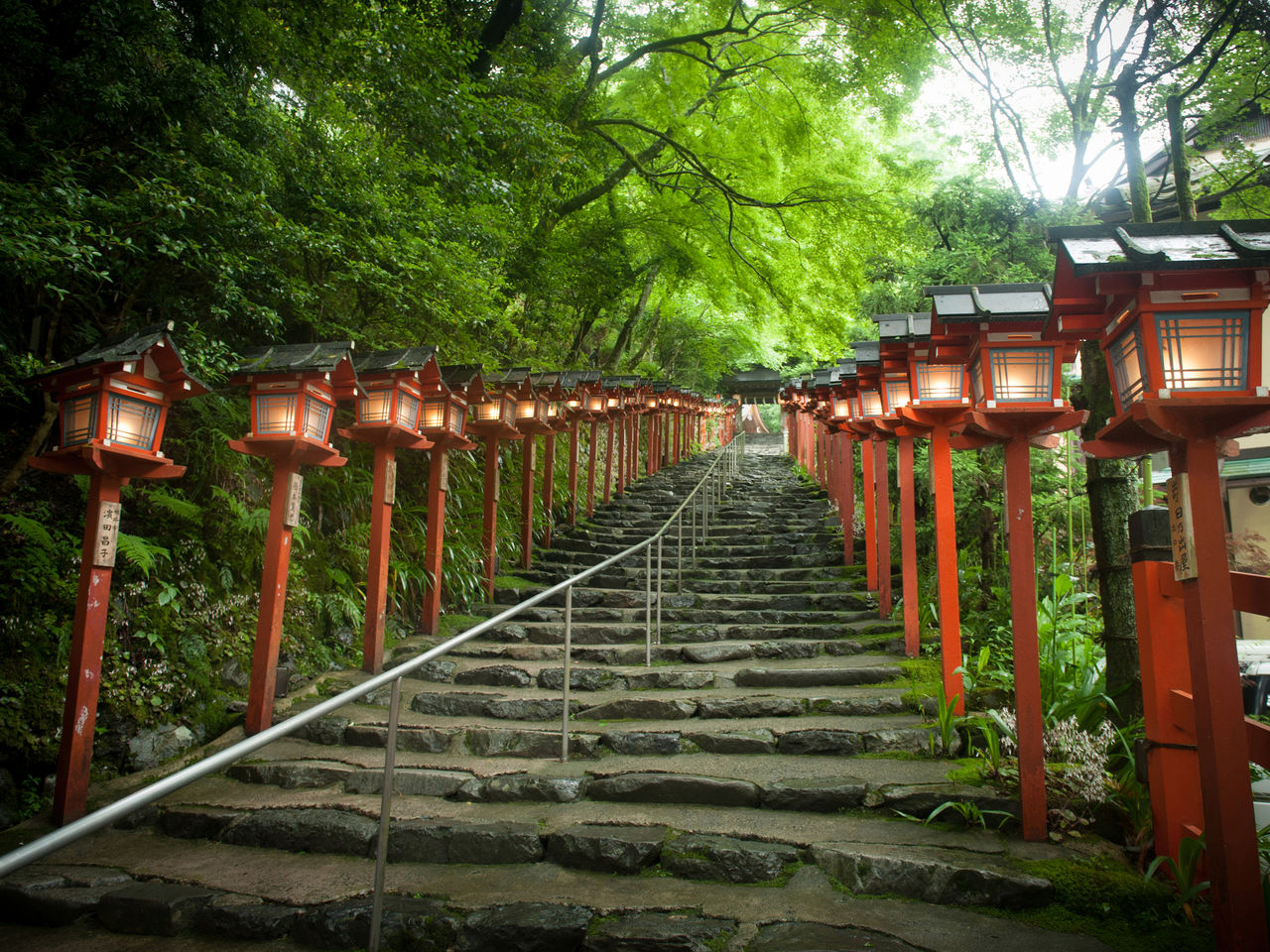 Red lanterns line the stone stairway to Kifune Shrine, a favorite with foreign visitors.
Red lanterns line the stone stairway to Kifune Shrine, a favorite with foreign visitors.
DATA
Eiden One-day Ticket, Ee Kippu
- Fee: ¥1,000 for adults, ¥500 for children
- Sold at: Demachiyanagi and Kurama Stations, Shūgakuin Station office
- Multilingual information:
- Website: https://eizandensha.co.jp/en/ (English, Korean, simplified and traditional Chinese)
A Short, Nostalgic Journey Through Sagano’s Four Seasons
The old freight cars of the Sagano “Torokko” or Romantic Train make a 25-minute run along the Hozu River, which flows down to become the Katsura River at the Togetsu Bridge. Using tracks of a now disused JR West line, the nostalgic diesel-powered engine chugs along between Torokko Saga and Torokko Kameoka Stations, offering up-close views of riverside scenery, with cherry blossoms in spring, verdant foliage in summer, autumn colors in fall, and snowscapes in winter.
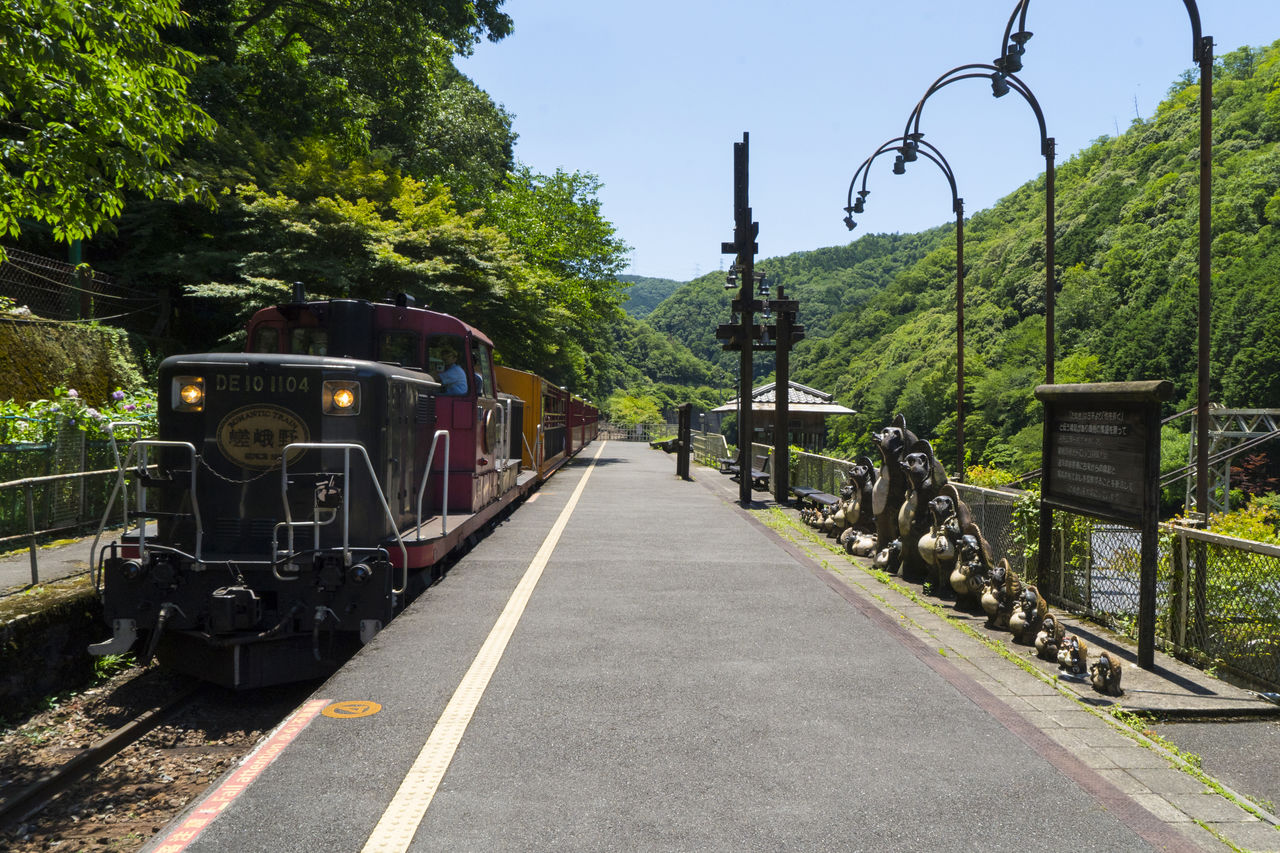 The scenic Sagano Torokko (Romantic) Train.
The scenic Sagano Torokko (Romantic) Train.
Car No. 5, called “The Rich,” is an open carriage with no glass in the windows. It is just the thing for anyone seeking crystal clear scenery snaps and the feel of the wind in your hair.
Ticket sales are suspended in wet weather, so tickets for this car are only available at the station on the day of travel. And as it is so popular, you can only buy tickets for this car going one way.
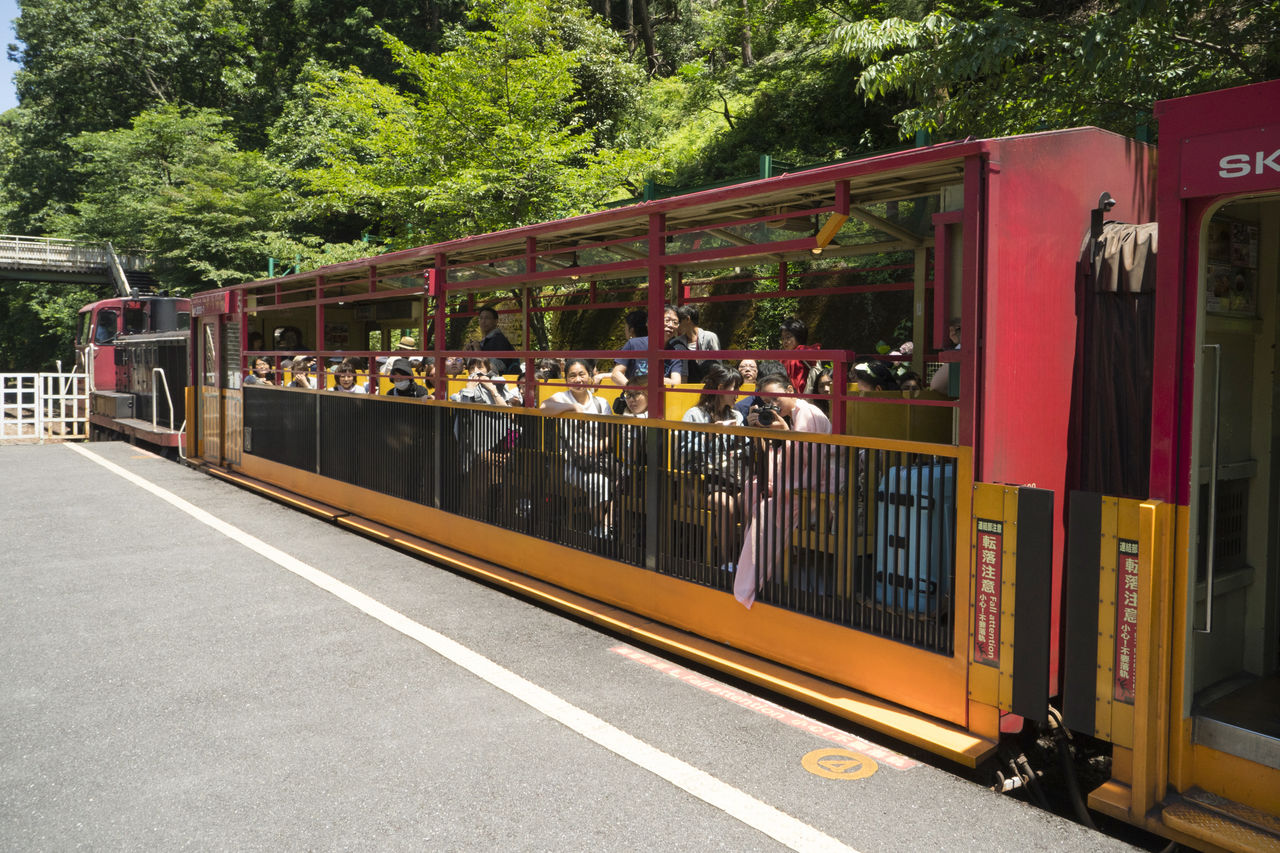 With open-air windows and open-grille sides, Car No. 5, “The Rich,” is perfect for shutterbugs. The ceiling is also transparent.
With open-air windows and open-grille sides, Car No. 5, “The Rich,” is perfect for shutterbugs. The ceiling is also transparent.
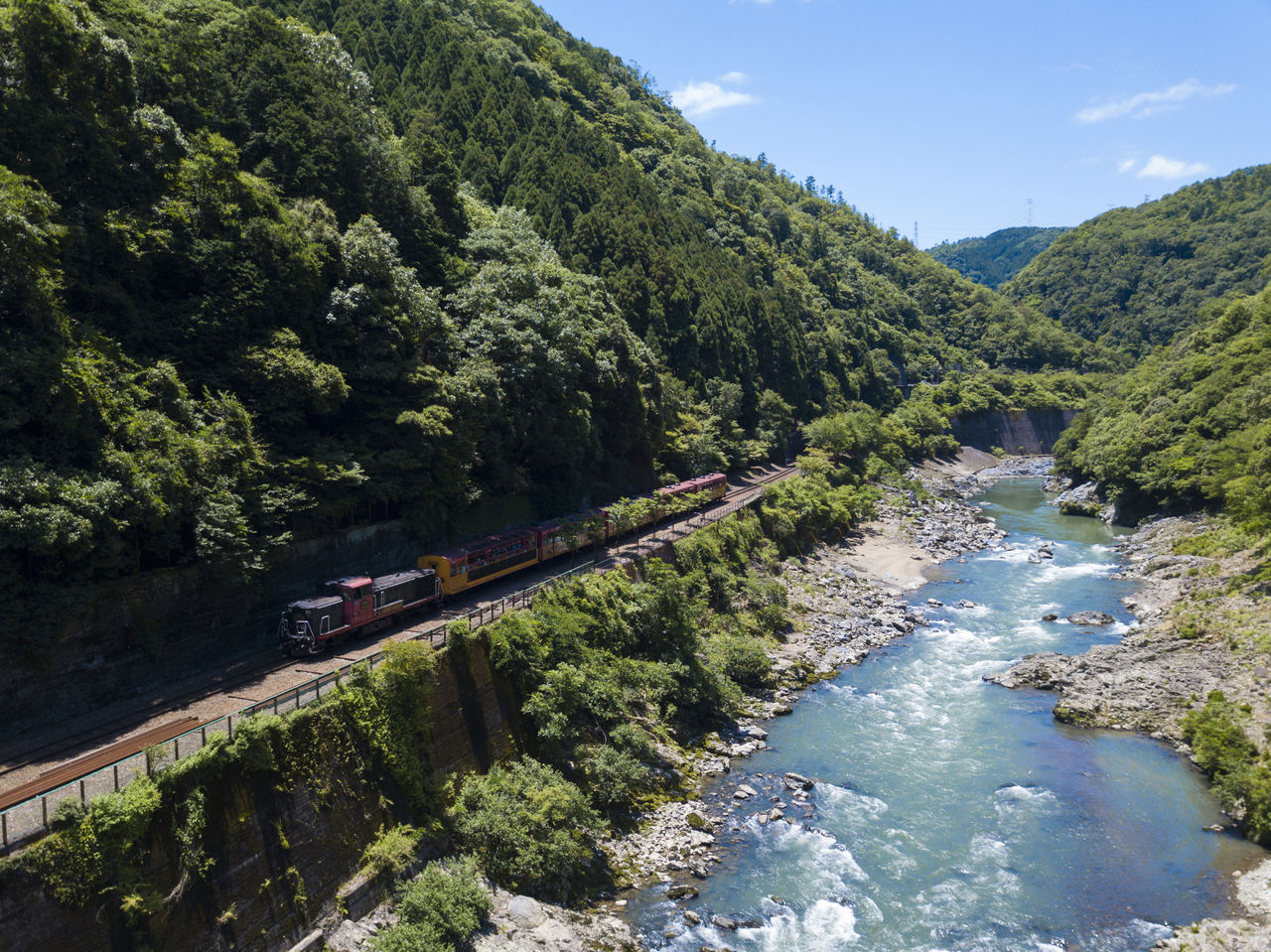 Riding through the Hozukyō Gorge.
Riding through the Hozukyō Gorge.
DATA
- Fee: ¥620 for adults, ¥310 for children (group discounts available)
- Sold: From 10:00 am on the day one month before the day of travel at major JR West station ticket offices (Midori no Madoguchi) and all major domestic travel agencies
- Multilingual information:
- Website: https://www.sagano-kanko.co.jp/en/ (English, Korean, simplified and traditional Chinese)
(Originally published in Japanese. Text by Fujii Kazuyuki; photos by Kuroiwa Masakazu, 96Box.)
